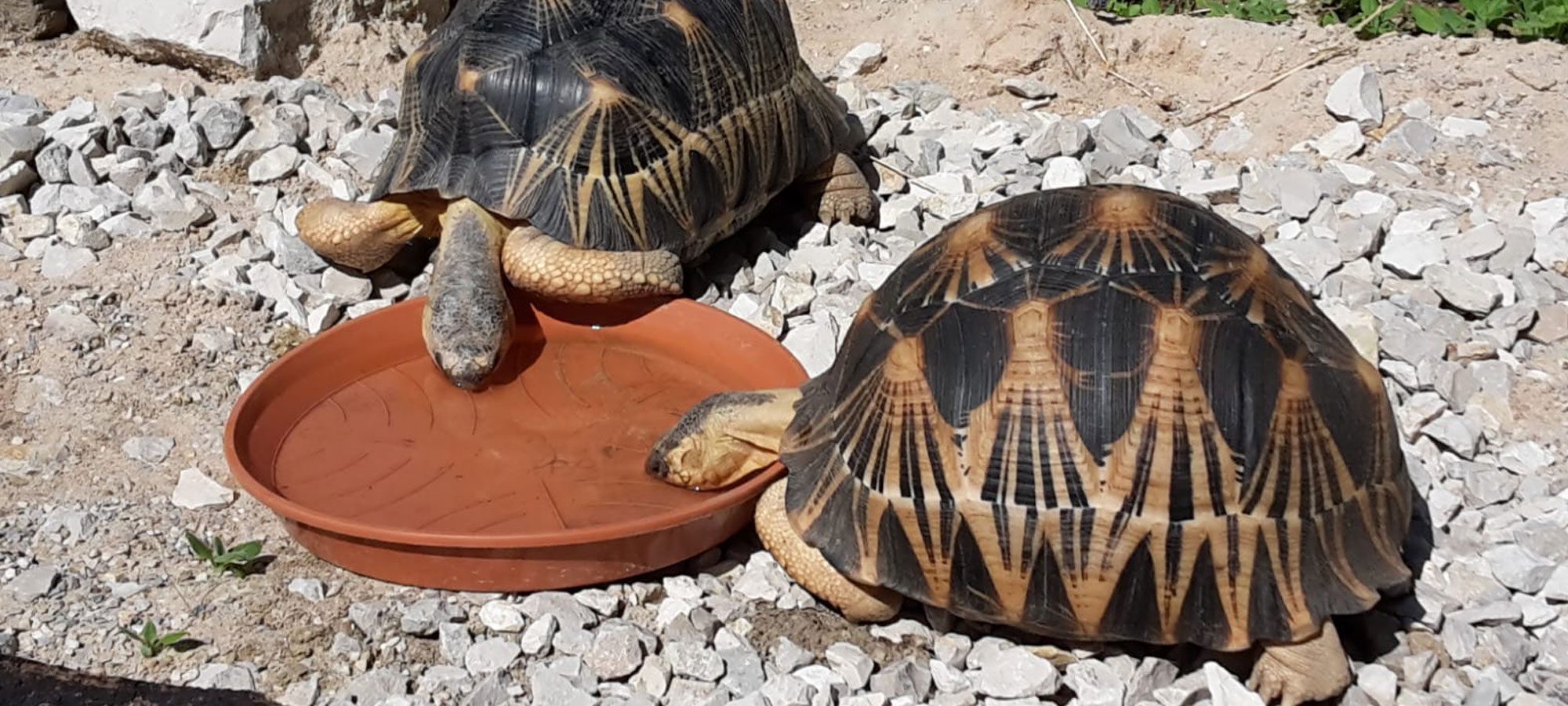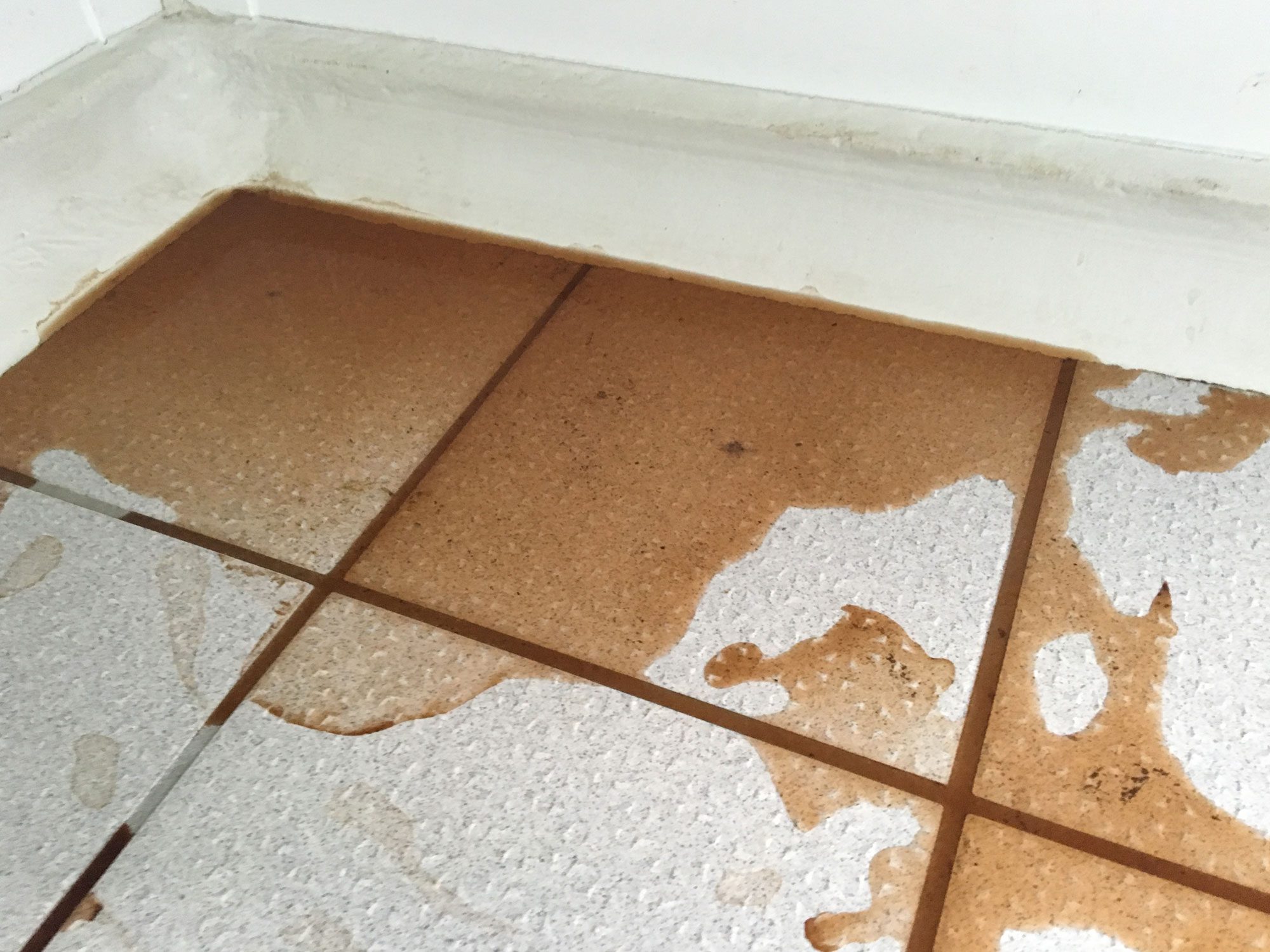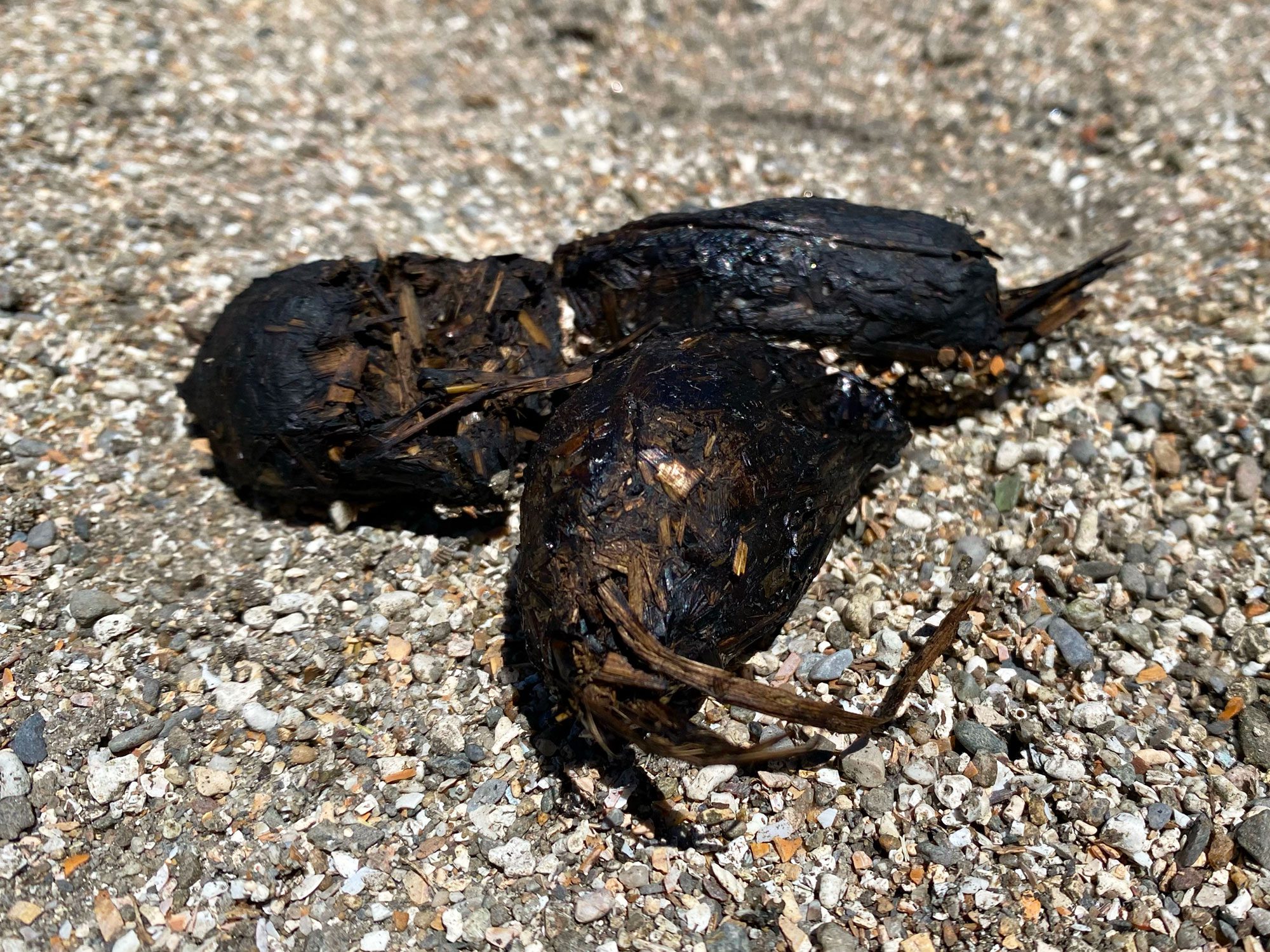Controlled water delivery
As a typical inhabitant of semi-arid zones, the water balance of Astrochelys radiata is adapted to long dry periods. Often in their habitat the entire rainfall of a year falls in only a short time and the rest of the year remains hot and dry. Accordingly, water is a rare and precious commodity and is always greedily consumed by Radiated Tortoises when available. During extreme and prolonged droughts, animals retreat to hiding places to conserve water and resources during periods of drought rigidity. Juveniles in particular seem to enter this energy-saving mode more quickly and frequently than adults.
Astrochelys radiata can effectively use even the smallest puddles of water by sucking up water even through its nostrils. A drinking Radiated Tortoise usually submerges its entire head under water to absorb as much liquid as possible at once. Astrochelys radiata is able to store the absorbed water in the bladder, so that it can manage even longer periods without drinking water. Whenever sufficient fresh water is available to the animal again, the water stored in the body is excreted. Depending on how long a Radiated Tortoise has gone without water, its urine is concentrated and of a dark, reddish-brown color when it urinates.
Radiated Tortoises also cover part of their water requirements with food containing water. It is therefore not advisable to offer Radiated Tortoises water for free disposal on a daily basis. Due to the physical adaptation of the organism to an extremely dry habitat, it is actually possible that the animals drink constantly when water is permanently available, urinate frequently and are thus literally flushed out. Many important vitamins, minerals and electrolytes are lost in the process. The uncontrolled feeding of salads and vegetables with an extremely high water content further promotes the increased fluid intake. Radiated Tortoises that have been "overdosed" with water can be easily recognized by permanently clear urine and mushy feces.
We offer our animals controlled water once a week in large, shallow bowls. We pay close attention to the drinking of each animal and regularly check the color and concentration of the urine and the firmness of the feces. Water rations may be adjusted up or down depending on the condition and appearance of the excreta. Large, adult ray turtles can consume larger amounts of water at one time with a weekly drinking ration offered. Radiated Tortoises develop increased water requirements if humidity is too low or if they are kept too dry.
In case of imminent danger, disturbances and stress (e.g. transport), Radiated Tortoises usually release the water present in the bladder out of defense and protest. It is important to immediately offer the animals sufficient water again after a manipulation with urine loss. Distressed or sick animals can also be carefully bathed in warm water.
We also use controlled water release to keep the indoor enclosure clean longer. Always before we clean the indoor area, we let all animals drink extensively first. A short time later, all animals in the group urinate and defecate practically simultaneously. By urinating and defecating synchronously, virtually all animals in the group clean themselves at the same time and the floor stays clean longer after cleaning. This scheduled and synchronized "toilet" saves time and ensures more cleanliness and hygiene in the indoor area. Young animals can also be bathed in shallow bowls. In doing so, they deposit urine and feces directly into the water. This keeps the substrate in the indoor enclosure clean longer and requires less frequent replacement.
Frequently asked questions about water
The organism of ray turtles is relatively well adapted to water scarcity. The animals can also cover part of their water requirements by ingesting food containing water (e.g. succulents). When water is available, the animals always take in more than is currently needed and store it in the bladder. The animals then draw on this water supply during drought. During long periods of drought, the animals hide in hiding places and go into a kind of dry torpor to save water and resources. Especially young animals seem to fall into this energy saving mode faster and more often than adults in dry conditions. With the help of these water and energy saving mechanisms, radiated tortoises can easily survive several months without direct water intake. Attention: A too dry keeping in connection with low air humidity always results in an increased liquid requirement for radiation turtles. A dry keeping also automatically means a stress situation for the animals, which they absolutely want to compensate.



